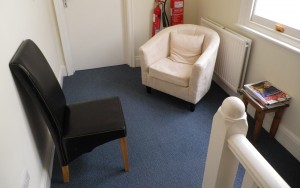Acupuncture
Traditional acupuncture is a holistic approach to health that has been developed and refined in the far east for over 2000 years. It is used to help manage disease as well as to maintain health. Health is dependant on the smooth and balanced flow of energy (Qi) in the meridians of the body and this can be disturbed by a number of factors such as: emotional distress, poor nutrition, weather conditions, hereditary factors, infections and trauma. Inserting a fine needle can help restore the normal flow of Qi.
A traditional Chinese medicine (TCM) assessment includes questioning about the current symptoms, their onset and development. In addition, a medical history is taken and there is comprehensive questioning about the body’s systems in order to paint a global picture of the body’s current state. Other methods of gathering information are by feeling the radial pulses and looking at the tongue.
Once all the information has been gathered, a diagnosis is made and an individual treatment plan is formulated by selecting appropriate acupuncture points.
Medical acupuncture was developed over the last century in the West and is mainly used to treat painful musculoskeletal disorders. There is a large body of research that supports the pain relieving qualities of acupuncture. In addition, it is theorised that inserting needles can help release tight bands in muscles (trigger points) and that a healing response is activated by creating a current of injury.






